
This lesson plan provides a selection of writing prompts for students to choose from, centered around baseball.
- Subject:
- English Language Arts
- Material Type:
- Lesson Plan
- Provider:
- New York Times
- Author:
- The Learning Network
- Date Added:
- 04/23/2017

This lesson plan provides a selection of writing prompts for students to choose from, centered around baseball.
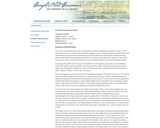
In this lesson, students will analyze primary resources to explain how the Fugitive Slave Act of 1850 and the issue of fugitive slaves escalated tensions between the North and the South, and led to the secession of several states and finally to war. Respond to an ECR writing prompt to demonstrate understanding of how the North and the South had different cultures and how these differences eventually drove them apart.

This lesson plan uses graphic organizers to help students create podcasts/ radio broadcasts using a Natural Inquirer article.
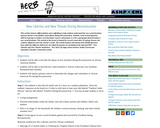
This activity features differentiation and scaffolding to help students understand the new social freedoms and new threats to the families of freedmen during Reconstruction. Students work in heterogeneous skill-level groups to analyze several primary sources and prepare to write a paragraph about freedmen's new social freedoms. The activity in the lesson is framed for several consecutive 45-minute lessons, but could be adapted to meet the teacher's needs. The activity features documents from HERB that have been edited for different skill levels; the edited documents are including in the attached PDF "New Liberties and New Threats Worksheet." New York City high school teachers Arthur Everett and Samantha Schoeller created this activity.

In this lesson, students will dissect a Times column about the leadership styles of former Vice President (and Nobel Laureate) Al Gore and President George W. Bush and then write their own opinion editorial on presidential leadership.

Use literacy skills to make connections among those in your classroom with this lesson that focuses on building classroom community by sharing favorite texts with one another. In this lesson, the class explores environmental print then focuses specifically on a teacher-created display on a favorite book. After exploring the teacher’s display, students write about their own favorite book, genre, or author. Students then select one of several options for making a display of their favorite book to share with the class. After creating their own presentations, students share them with the class and complete peer- or self-assessments.
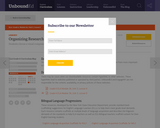
In this lesson, students will use the inverted pyramid as a guide to organize their research information from most important to least important.
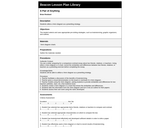
In this lesson, students utilize a Venn diagram as a prewriting strategy.
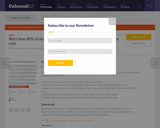
In this lesson, students will understand an issue as a context for various perspectives, positions, and arguments.
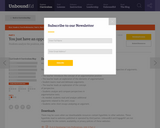
In this lesson that includes 7 activities, students will delineate and analyze the position, premises, reasoning, evidence, and perspective of arguments.

The objective of this activity is to reinforce the importance of being specific while dealing with events of a sequential nature, such as the phases of the moon.
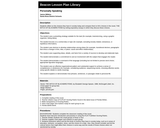
In this lesson, students reflect on some of the choices they have made and compare them to Kit's choices in the novel "The Witch of Blackbird Pond" by writing expository essays in which they discuss these choices.

This activity will set up a series of experiments that will help students identify and find physical properties of water. A discussion of what the students know (or believe they know about water) will start this activity. Once the properties are discussed, methods of testing these properties will be discussed by the instructor, leading the students into the students' development of these labs.
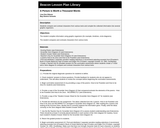
In this lesson, students compare and contrast characters from various texts and compile the collected information into several graphic organizers.
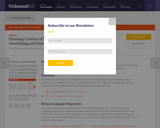
In this lesson, students will use the Quote-Sandwich-organizer to arrange their chosen information/quotes about overfishing and fish-depletion into a paragraph that could be used in their informative consumer-guide.
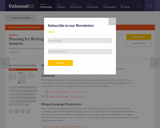
In this lesson, students will plan the introductory and concluding paragraphs of their literary analysis essay using graphic organizers.

Behind many of the apparently simple stories of Robert Frost's poems are unexpected questions and mysteries. In this lesson, students analyze what speakers include or omit from their narrative accounts, make inferences about speakers' motivations, and find evidence for their inferences in the words of the poem.

Poets achieve popular acclaim only when they express clear and widely shared emotions with a forceful, distinctive, and memorable voice. But what is meant by voice in poetry, and what qualities have made the voice of Langston Hughes a favorite for so many people?

In this lesson, students learn about point of view by rewriting an existing narrative paragraph (using a different point-of-view). Students expand this knowledge by writing an expository paragraph, then rewriting it to reflect a different point-of-view.

In this lesson, students compare how both George and Martha Washington felt about General Washington becoming the first President of the United States. Students should complete the George Washington's Letter to Henry Knox about the Presidency and Martha Washington's Letter about the Presidency worksheets prior to beginning this activity.